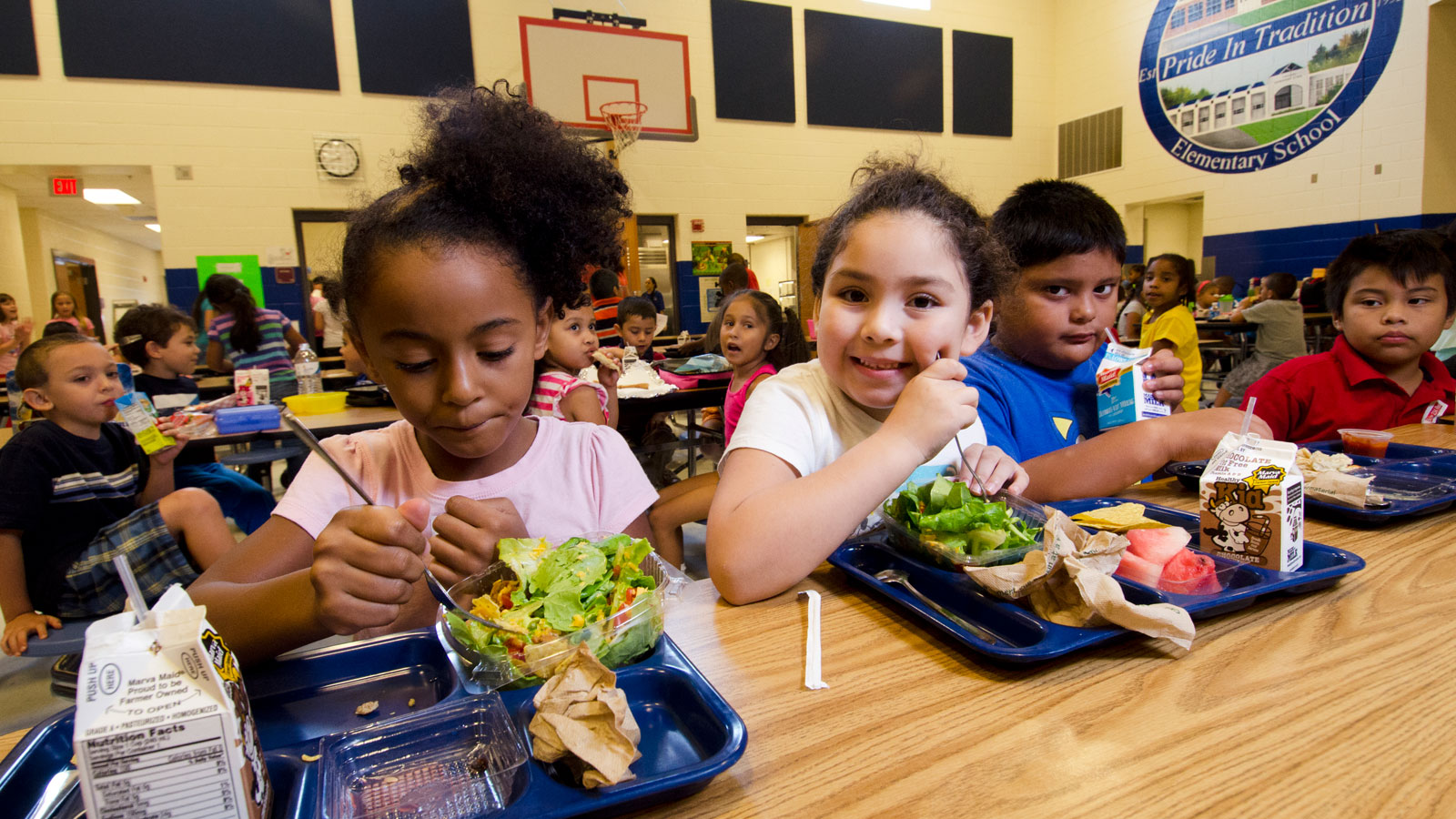At Baltimore City Public Schools, cafeteria staff serve tens of thousands of meals each day. But more than a quarter of the produce and milk that students put on their trays gets tossed in the trash.
When that food rots in a landfill, it releases climate-warming methane pollution.
So the district aims to reduce the food and recyclable waste it sends to landfills by 90% by 2040.
Anne Rosenthal of the district’s food and nutrition services department says a key to getting there is helping students feel more connected to the food served in the cafeteria.
“Incorporating their input as we put things on the menu and try new items is really, really important,” she says.
The district also has a farm where students can learn more about how food is grown. Rosenthal says after students have picked a tomato, they’re more apt to eat one at lunch.
“And I think this is something that isn’t always top of mind when people think about food waste reduction efforts,” she says. “But data show us that students with opportunities to engage with their food systems in a hands-on way – whether this is through visiting a farm, working on a school garden, participating in a cooking program at school – these students are more likely to eat produce in the cafeteria.”
And the produce is less likely to end up in the trash.
Reporting credit: ChavoBart Digital Media


